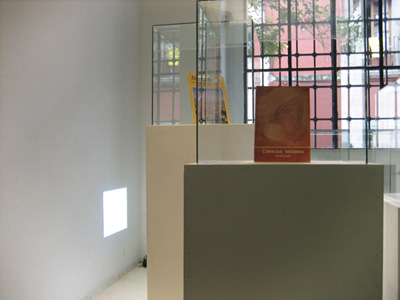The Archive of the Future / The Future of the Archive: Introduction
Issue 12: The Archive of the Future / The Future of the Archive (Spring 2008) Aubrey Anable, Aviva Dove-Viebahn, and April Miller [T]he question of the archive is not, I repeat, a question of the past…but rather a question of the future, the very question of the future, question of a response, of a promise and of a responsibility for tomorrow. The archive: if we want to know what this will have meant, we will only know tomorrow.1 In his study on the power and politics of the archive, Archive Fever, Jacques Derrida outlines the aporetic desire that defines the archive, describing it as an illness that strives to reconcile the will to safeguard significant documents in human history with the wish to share those documents with others. For many academics, researchers, and students, archives used to be and still are contentious ground, guarded tightly by the archivist/gatekeeper whose relationship with the material is very different than that of the researcher. The archivist aims to preserve and protect; the researcher hopes to explore and experience. Certainly, much …

